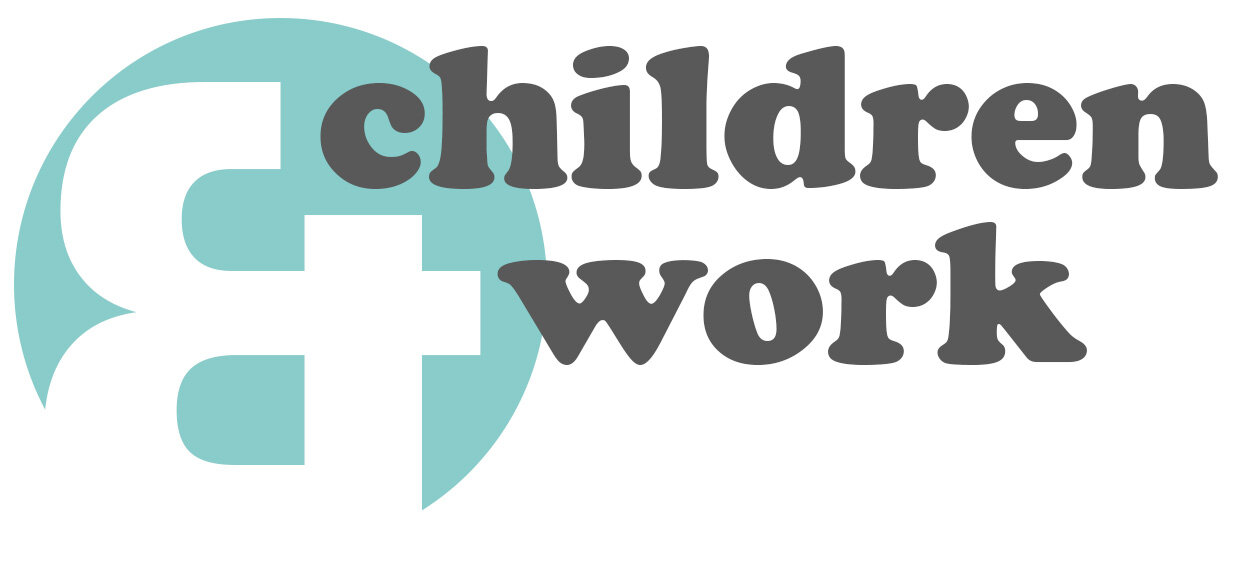Promoting and Protecting the Interests of Children who Work
Mohamed was seven years old when he began working alongside his father in the family’s scrap metal business. Mohamed lived in one of the poorer areas of Cairo and was still in school when he began working but his family was poor so he soon dropped out to work in bigger metal smelting businesses. Work in the metal smelters was hazardous but the work was relatively well paid and Mohamed helped his family survive. Unfortunately for children like Mohamed they would pay with their health over the long term as many had before them.
Children as well as the adults who worked in the small scale smelters suffered from lead poisoning and the adverse effects of heavy metals that build up in the bloodstream. These conditions were common for smelter workers who would live shorter lives punctuated by frequent illnesses. Mohamed’s prospects were poor but things began to change when he joined a group of 60 children who were involved in similar forms of hazardous work and became part of the Promoting and Protecting the Interests of Children who Work (PPIC-Work).
PPIC-Work had been asked by the Egyptian government to find practical ways of helping children working in the smelters. Through meetings with the children, their families and the smelter operators some new ideas began to emerge. New designs for safer operations for the smelters were developed and made freely available but it would take time to implement these programs.
In the meantime, the PPIC-Work project team worked with the children to find other short term opportunities. The children felt they needed to continue working but they would prefer to work under better conditions. PPIC-Work found three large scale Egyptian businesses that were ready to employ the children in safer forms of work. One of these was the Arab Contractors, a construction company that operated through the Middle East and had its own heavy equipment maintenance and repair facility. Mohamed along with several other boys began to work in the technical workshop. They learned basic workshops skills through the company’s training program and then began to work with their adult supervisors in the workshop itself. These real life conditions required the children to master modern, computerized equipment and this in turn meant they had to attend math and literacy classes that were also provided through the company. Some of the children began home schooling on their own and were preparing to write their school exams.
The company deputy CEO was surprised to find that the children were quick learners and that they had acquired a number of work skills through their experience in the smelters despite the hazardous conditions. The children were able to follow instructions, were attentive and demonstrated good work ethics. One of Mohamed’s colleagues became an expert on diesel fuel pumps and had a natural talent for training others so he was already becoming an instructor of adults at the workshop.
Mohamed had been 13 when he began his work with the Arab Contractors. Despite his young age the Arab Contractors were ready to employ any children (some were as young as 12 years when they first joined) who could benefit from their program as the importance of the children getting out of the smelters. This was not the case for children working in the two other factories that were part of the PPIC-Work project. The other factories produced textiles and furniture that were exported to Europe and the factory managers explained that if they employed young children they would lose their European export markets. They were required not to employ any children below the age of 14 years. The PPIC-Work team had tried to have some of the younger children move from the smelters to the textile and furniture factories but were unsuccessful. The younger children had to continue to work in the smelters until they became old enough to move to safer work. But the European importers were comfortable that they were helping put an end to child labour; their conscience was clear.
Policy Challenges
Current laws and international conventions based on minimum ages for work can produce results that are opposite of their intentions. Instead of protecting children, their effects can keep young children in the most hazardous kinds of work.
Resources
More information about the PPIC-Work Project is available here under the section on the worst forms of child labour, including a video on the experience of Mohamed and the other children at the Arab Contractors workshop. This example was provided by Richard Carothers, who was the director of the PPIC-Work project.

